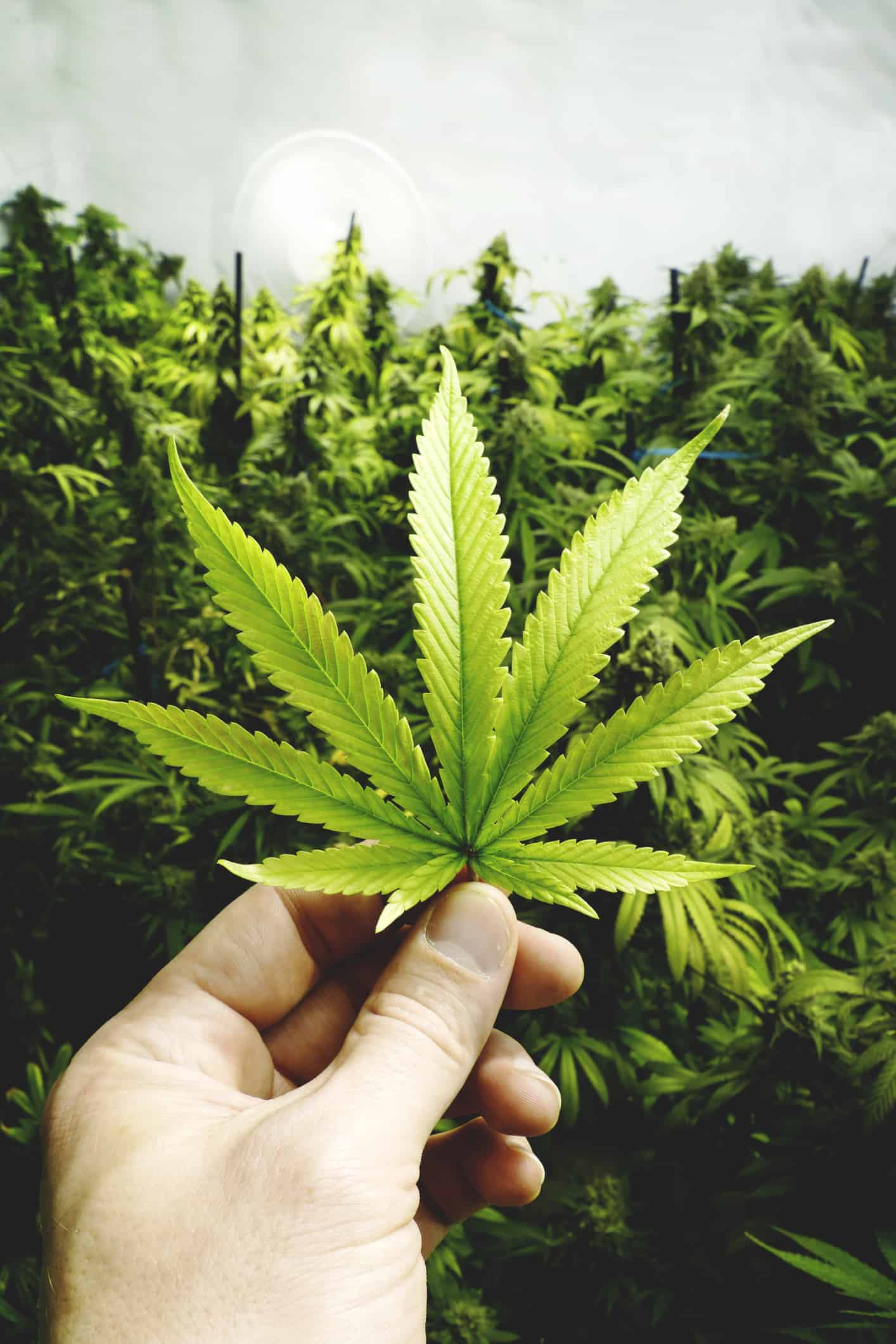You may have missed the now infamous “green rush” back in 2015, but that doesn’t mean you still can’t make money from what is soon to be the newly minted marijuana industry.
For those who may not be aware, the green rush refers to the period leading up to and following Justin Trudeau’s election as prime minister of Canada and the once-in-a-lifetime profits made by those who took an early shot speculating at which companies the eventual leaders of the legal marijuana would be.
Between 2015 and 2016, stocks such as Canopy Growth Corp. (TSX:WEED) (formerly called Tweed) and Aphria Inc. (TSX:APH) would see the value of their respective businesses and share prices grow by more than 600% and 700%, respectively.
Increases of that magnitude over such a short period of time naturally made many on the sidelines skeptical and even had some suggesting that marijuana stocks were already on the verge of being in a “bubble.”
Yet recent reports from established, credible financial institutions, like Deloitte & Touche LLP, CIBC World Markets, and investment bank Canaccord Genuity Group Inc. suggest that isn’t the case at all; in fact, the research they are putting forth suggests that the marijuana market actually remains undervalued by a significant margin.
The research presented by these firms puts the size of the marijuana market, once legalized, at somewhere between $5 and $10 billion annually.
What’s more, research suggests that the marijuana market is expected to grow in excess of 20% per year in line with growth rates previously seen in cable television during the 1990s and broadband internet at the start of the millennium.
Yet despite this, the size of the marijuana market today, as measured by the Canadian Marijuana Index, suggests that there is a long way to go still before we get to “bubble territory.”
The Canadian Marijuana Index seeks to represent the leading cannabis stocks with a business strategy focused on the marijuana or hemp industry. The Index is composed of 18 companies at present and has a combined market capitalization of $8.23 billion.
The $8.23 billion value may seem like a lofty figure considering that even the biggest constituent, Canopy, generated less than $50 million in sales last year. Yet it fails to account that other “sin” industries, like alcohol and tobacco, comparably regulated by government pricing, normally trade at five or even six times sales.
This would suggest that the Canadian Marijuana index should probably be trading at a market capitalization closer to $25 or potentially even $50 billion.
What should you do?
The lion’s share of the profits will undoubtedly go to those investors who are Foolish enough to pick the eventual “winners” of the marijuana industry well in advance of legalization, which is expected to come next July.
Companies like Canopy, Aphria and Aurora Cannabis Inc. (TSX:ACB) are the largest players today. One could logically reason that this should help give them a “first-mover’s advantage” when the time comes to start selling recreational marijuana to the public.
Or, if you want to participate in what could very well turn out to be “green rush 2.0” but choose to err on the side of caution, the HORIZONS MARIJUANA LIFE SCIENCES IDX ETF (TSX:HMMJ) is the first exchange-traded fund to market that specializes in marijuana stocks; it seeks to replicate the North American Marijuana Index.
There are still many questions that need to be addressed between now and next July, but the real question investors should be asking themselves today is this: How Foolish are they willing to be about this incredible investment opportunity?








